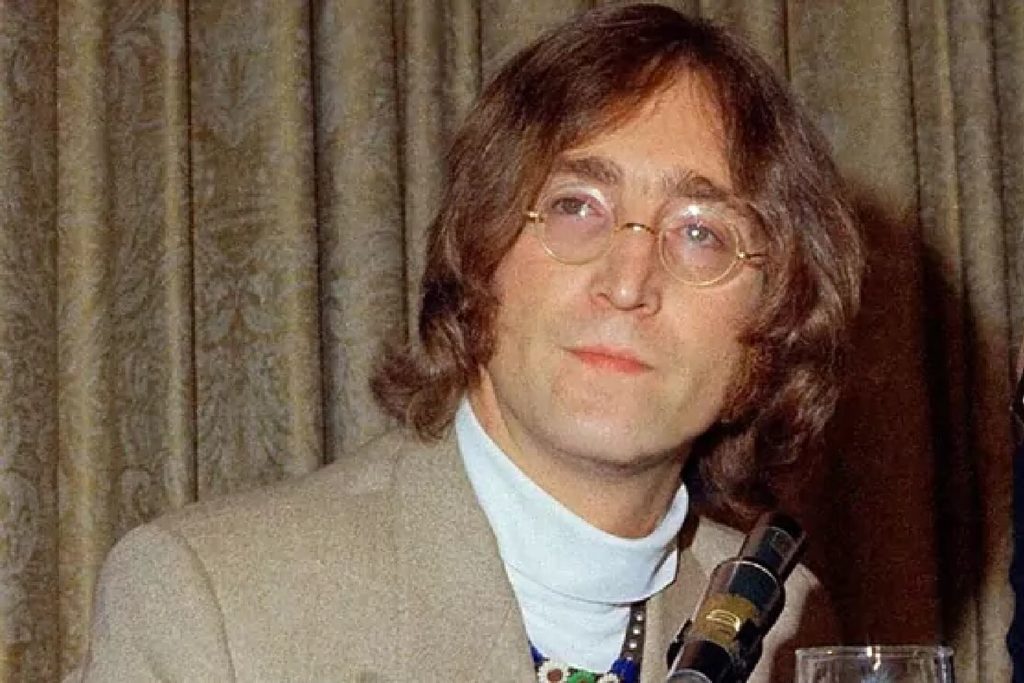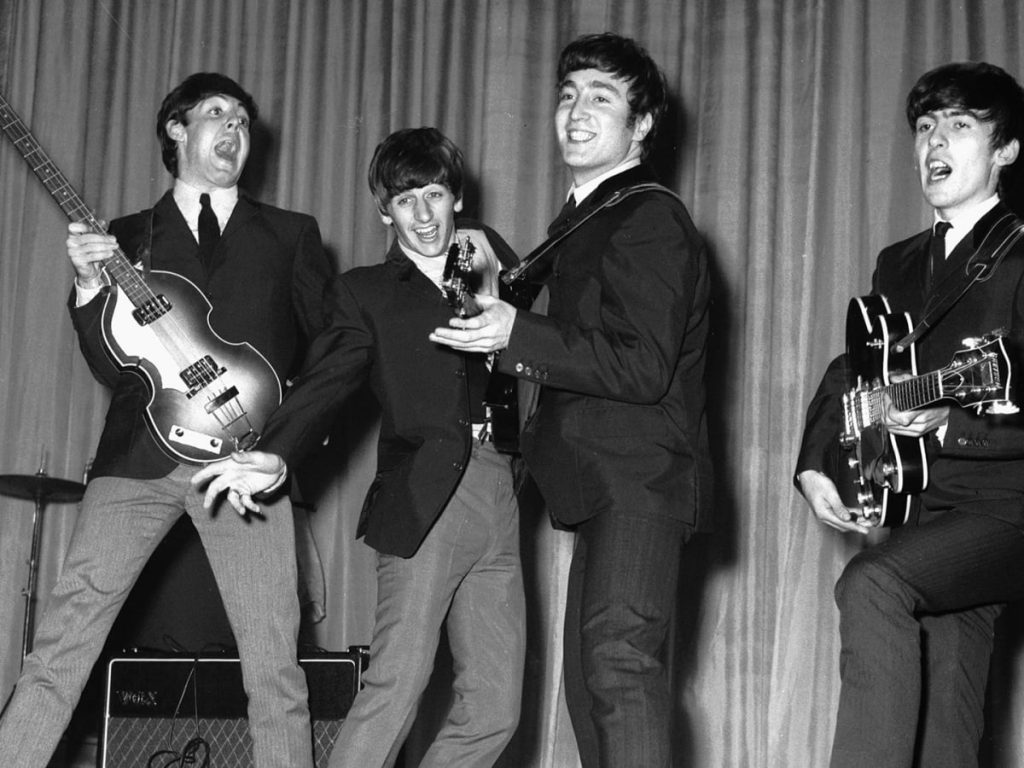Plans have been approved to erect a statue of Motorhead legend Ian ‘Lemmy’ Kilmister in the charming town of Burslem, Staffordshire. As Lemmy’s birthplace, this location holds special significance for both him and his fans. Stoke-on-Trent City Council has given the green light for the construction of a grand 2.2-meter statue in Burslem’s Market Place.
The Vision and Approval
Lemmy, the founder of Motorhead, was born in Burslem in 1945. Throughout his career, he captivated audiences with his unique voice and talent, becoming a rock music icon. Sadly, Lemmy passed away in 2015 at the age of 70, leaving behind a legacy that continues to inspire.
Local sculptor Andy Edwards, known for his exceptional work, will create the statue. Edwards previously sculpted the famous Beatles statue at Liverpool’s Pier Head. Using genuine Staffordshire clay, he will craft the statue to capture Lemmy’s dynamic personality and musical prowess.
Despite initial concerns from the police about potential attention and incidents, Stoke-on-Trent City Council approved the plans. In response to these concerns, Edwards agreed to increase the height of the plinth from 2.5 meters to 3 meters, enhancing visibility and ensuring the statue’s safety. This decision underscores the council’s commitment to commemorating Lemmy and his cultural impact.
To fund this tribute, a dedicated fundraising campaign aims to raise £50,000. The campaign is led by Mark Curran, a commercial developer and owner of the Hard Days Night and Zimmerman’s bars in Stoke-on-Trent. During the 2020 lockdown, Curran searched for a sculptor to capture Lemmy’s spirit and found Andy Edwards, an internationally renowned artist residing in Stoke-on-Trent.
Honoring Lemmy: A Landmark in Burslem
The statue will be located in the heart of Burslem, in front of the iconic Town Hall and its Gold Angel. This prominent position ensures Lemmy’s statue will be a central attraction, surrounded by Burslem’s historic charm. The enthusiastic support from Stoke-on-Trent City Council highlights the community’s commitment to honoring Lemmy.
This is not the first statue erected in Lemmy’s honor. The Rainbow Bar & Grill in Los Angeles had its statue, constructed a year after his passing. Now, with approval from Stoke-on-Trent City Council, Lemmy’s memory will also be celebrated in the town that shaped his musical journey.
The forthcoming statue of Lemmy in Burslem is poised to become a testament to his life and achievements. As the fundraising campaign gains momentum, fans and admirers have the chance to contribute to this tribute. With the necessary funds secured, Andy Edwards will begin his artistic process, immortalizing Lemmy in the town where his story began.
Supported by the local community’s devotion and the approval from Stoke-on-Trent City Council, the statue of Lemmy promises to be a revered landmark in Burslem. This homage will honor the mark Lemmy left on the world of music and ensure his legacy endures for generations.










